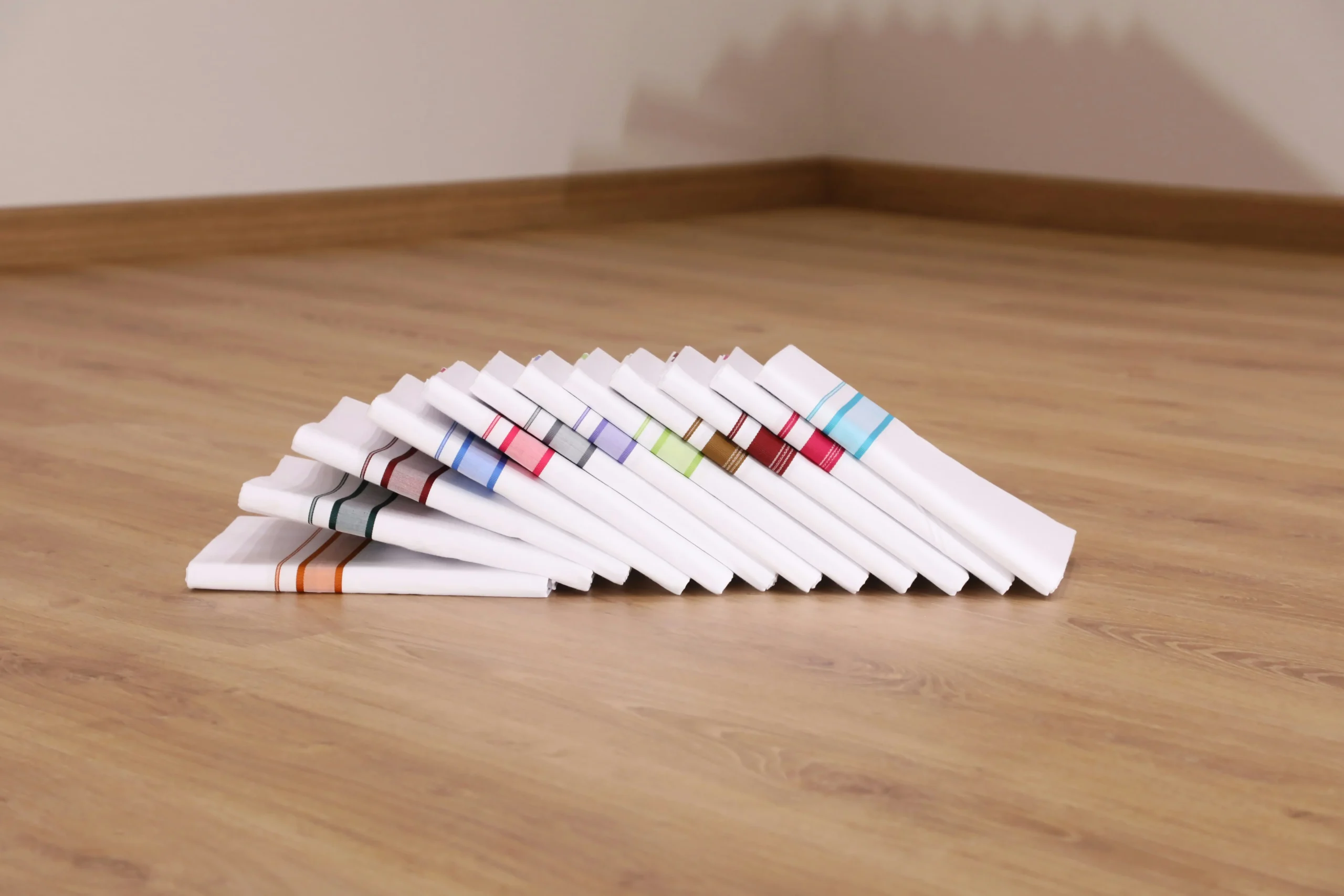

A Comprehensive Guide to Handloom Cotton Dhoti Price Trends
At Woodloom, we believe in celebrating traditional craftsmanship with a modern twist. Our e-commerce platform is dedicated to offering the finest handloom cotton dhoti, a quintessential garment that embodies cultural heritage and timeless elegance. In this blog, we delve into the fascinating world of handloom cotton dhotis, exploring price trends influenced by various factors, from fabric quality to artisan skill. Join us as we unravel the intricacies behind the pricing of these exquisite garments.
Types and Varieties of Handloom Cotton Dhotis
Handloom cotton dhotis come in an array of types and varieties, each with unique characteristics. The most common types include:
1. Plain Handloom Dhotis: Simple yet elegant, these dhotis are perfect for everyday wear and traditional events.
2. Bordered Dhotis: Featuring intricate borders, these dhotis add a touch of sophistication and are ideal for formal occasions.
3. Temple Dhotis: Often used in religious ceremonies, these dhotis are adorned with symbolic motifs and designs.
4. Designer Dhotis: Combining traditional elements with contemporary designs, these dhotis cater to modern tastes.
Factors Influencing Prices of Handloom Cotton Dhotis
The price of handloom cotton dhotis is determined by several factors:
Quality of Fabric
The quality of cotton used plays a significant role in determining the price. High-quality cotton ensures durability, softness, and a better overall feel. Premium cotton varieties like Egyptian and Pima cotton command higher prices due to their superior quality.
Design Complexity
Intricate designs and patterns require more time and skill to weave, influencing the final price. Dhotis with detailed motifs, embroidery, or zari work (gold or silver thread) are generally more expensive than simpler ones.
Artisan Skill
The expertise of the weaver significantly impacts the price. Skilled artisans with years of experience can create more complex and refined designs, justifying higher costs. Supporting such artisans also contributes to preserving traditional crafts and techniques.
Weaving Technique
Handloom dhotis are made using various weaving techniques, each affecting the price. Traditional techniques like Ikat, Jamdani, and Pochampally require meticulous craftsmanship, making them pricier than machine-made alternatives.
Market Trends
The market for handloom cotton dhotis has seen a resurgence in recent years, driven by a growing appreciation for sustainable and artisanal products. Consumers are increasingly valuing the cultural significance and environmental benefits of handloom garments, boosting demand and prices.
Reputable Brands
Certain brands have established themselves as leaders in the handloom industry, offering high-quality dhotis that command premium prices. These brands ensure authenticity, superior craftsmanship, and ethical production practices, making them a preferred choice for discerning customers.
Length and Width
The dimensions of a dhoti also affect its price. Standard dhotis are typically 4 meters in length, but variations exist, with some extending up to 9 meters for more elaborate draping styles. Wider dhotis provide more fabric for intricate designs and folds, contributing to higher costs.
Conclusion
Understanding the price trends of handloom cotton dhotis involves considering various factors, from the quality of fabric and design complexity to artisan skill and market dynamics. At Woodloom, we take pride in offering a curated selection of handloom cotton dhotis that celebrate traditional craftsmanship while catering to modern sensibilities. Explore our collection to find the perfect dhoti that resonates with your style and values.
